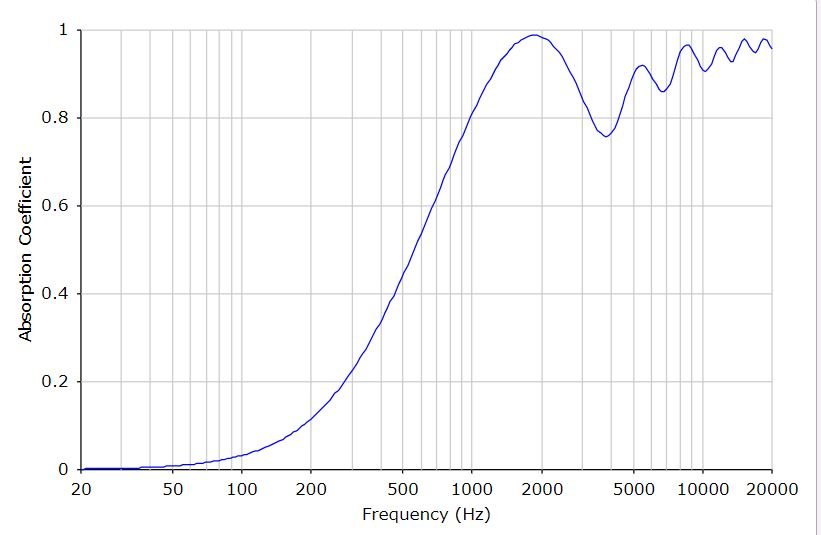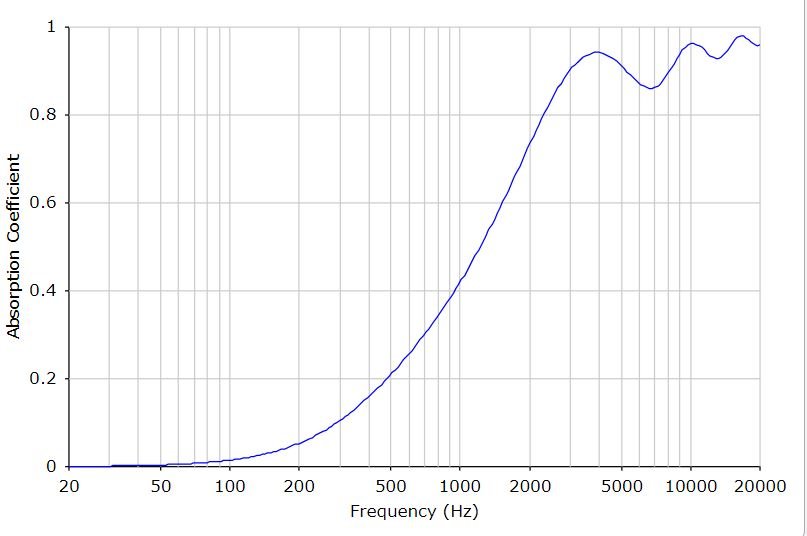Hi Ron,
Of those three audio clips… which one do
you like the most? Which is ofcourse IMO the most important part.. as it is your room?

.
/ Jk
It's really the February sound versus yesterday's sound (I aggregate yesterday's two videos together) .
The
video from February sounds the most "alive."
But I'm not trying to solve for the frequency response and the acoustic treatment arrangement which makes
videos sound natural. I'm trying to solve for the frequency response and the acoustic treatment arrangement which makes music
in the room sound natural.
In the room the sound in February was a little bit unnaturally bright. I felt there was a little bit too much upper midrange energy. Maybe I simply don't know how piano sounds in person, but I felt that the piano sounded a bit too tinkly and a bit too bright.
If a professional pianist came over and selected one acoustic treatment arrangement over the other to achieve whichever frequency response sounded the most natural to him/her on piano, I would stay with that arrangement.
It's complicated because there are other factors. I will be switching from my universally derided DIY Sorbothane amp stands to Adona Zero GTX1N amp stands. I think literally everybody warned that Sorbothane amp stands will dampen/soften/slow down the sound.
Will this switch from DIY Sorbothane amp stands to commercial amp stands have the effect of making the overall presentation a bit more lively? Without the absorption panels might that amp stand swap make the sound
too bright?
More experimentation is required. Removing or placing the four absorption panels on the front wall takes about three minutes, and it takes that long only because I have to be careful not to trip over all of the cables. Once the new amp stands are in place, I will have to reevaluate the sound.
Another factor, of course, is the recording itself. On brighter recordings the absorption panels may make the frequency response overall more natural. So acoustic treatment cannot be set merely to optimize naturalness on one recording.
For example, Fleetwood Mac's "The Chain" definitely sounds better to me now than it did in February. And I do not think of that track as a "bright" recording.
Another factor, of course, is personal preference. The very recordings from which Don and I heard too much upper midrange energy on piano sounded just right to other visitors.



